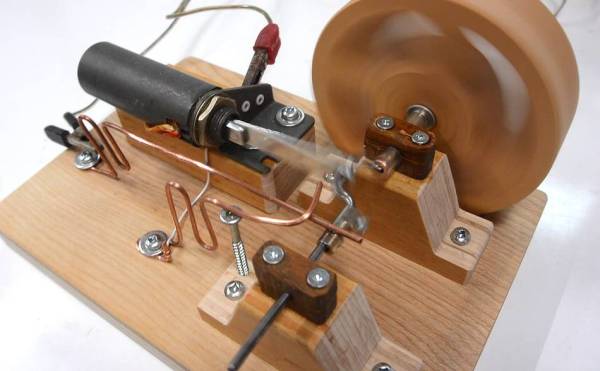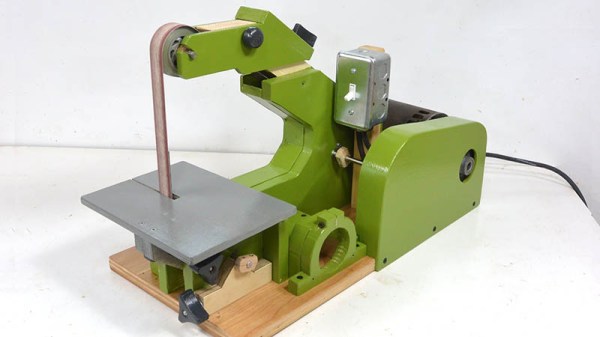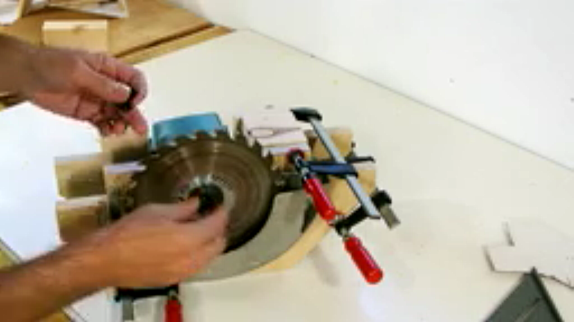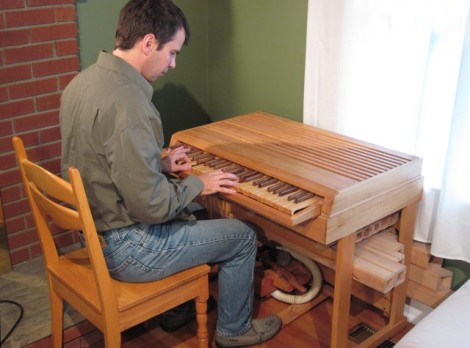[Matthias Wandel] is a woodworker par excellence. He’s the guy behind all those wooden gear contraptions, he made cove molding on a table saw, and if the phrase, ‘don’t do this unless you know what you’re doing’ applies to anyone, it applies to [Matthias]. Now he’s getting into the fidget spinner craze, but there’s a problem in the workshop: [Matthias] couldn’t find the right sized drill bit, so he modified a Forstner bit to contain the heart of a spinner.
[Matthias] has a few roller skate bearings, which are 22mm in diameter. However, the closest drill to this size was 7/8″, or 22.23mm. A drill can be ground down, so the bit was chucked into a hand drill and taken over to the bench grinder. As with most things [Matthias] demonstrates, you shouldn’t do this unless you know what you’re doing. [Matthias] does.
With the bit ground down to 22mm, [Matthias] drilled a hole in a piece of wood, inserted the bearing, and completed an epic quest that was his destiny. There is no use for fidget spinners, so [Matthias] decided to make this one explode. After cutting several notches in this wooden spinner, [Matthias] applied shop air liberally and spun the spinner up until it fell apart.
You can check out the video of the fidget spinner carnage below, or check out [Matthias]’ write-up here.
Continue reading “Customize Forstner Bits For Fidget Spinner Explosions”


















